I am working on a console app (C#, asp-core 2.1, Entity Framework Core) which is connected to a local SQL Server database, the default (localdb)\MSSQLLocalDB (SQL Server 2016 v13.0) provided with Visual Studio.
The problem I am facing is that it takes quite a long time to insert data into a table. The table has 400.000 rows, 6 columns, and I insert them 200 at a time.
Right now, the request takes 20 seconds to be executed. And this execution time keeps increasing. Considering the fact that I still have 20.000 x200 rows to insert, it's worth figuring out where does this problem comes from!
A couple of facts :
- There is no Index on the table
- My computer is not new but I have a quite good hardware (i7, 16 Go RAM) and I don't hit 100% CPU while inserting
So, my questions are :
- Is 400 k rows considered to be a 'large' database? I've never worked with a table that big before but I thought it was common to have a dataset like this.
- How can I investigate where does the inserting time come from? I have only Visual Studio installed so far (but I am opened to other options)
Here is the SQL code of the table in question :
CREATE TABLE [dbo].[KfStatDatas]
(
[Id] INT IDENTITY (1, 1) NOT NULL,
[DistrictId] INT NOT NULL,
[StatId] INT NOT NULL,
[DataSourceId] INT NOT NULL,
[Value] NVARCHAR(300) NULL,
[SnapshotDate] DATETIME2(7) NOT NULL
);
EDIT I ran SQL Server Management Studio, and I found the request that is the slowing down the whole process. It is the insertion request.
But, by looking at the SQL Request create by Entity Framework, it looks like it's doing an inner join and going through the whole table, which would explain why the processing time increases with the table.
I may miss a point but why would you need to enumerate the whole table to add rows?
Raw request being executed :
SELECT [t].[Id]
FROM [KfStatDatas] t
INNER JOIN @inserted0 i ON ([t].[Id] = [i].[Id])
ORDER BY [i].[_Position]
EDIT and SOLUTION
I eventually found the issue, and it was a stupid mistake : my Id field was not declared as primary key! So the system had to go through the whole DB for every inserted row. I added the PK and it now takes...100 ms for 200 rows, and this duration is stable.
Thanks for your time!
